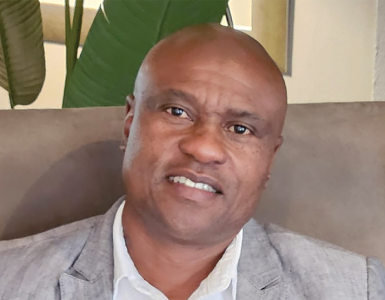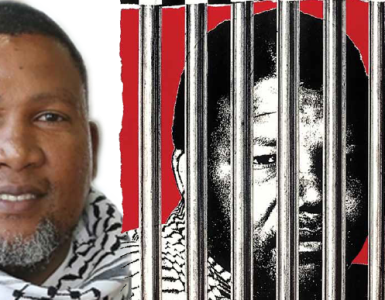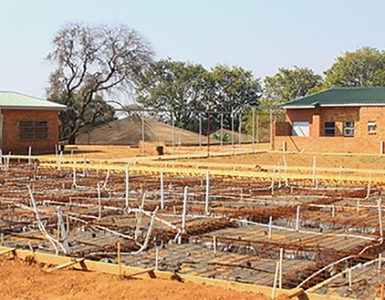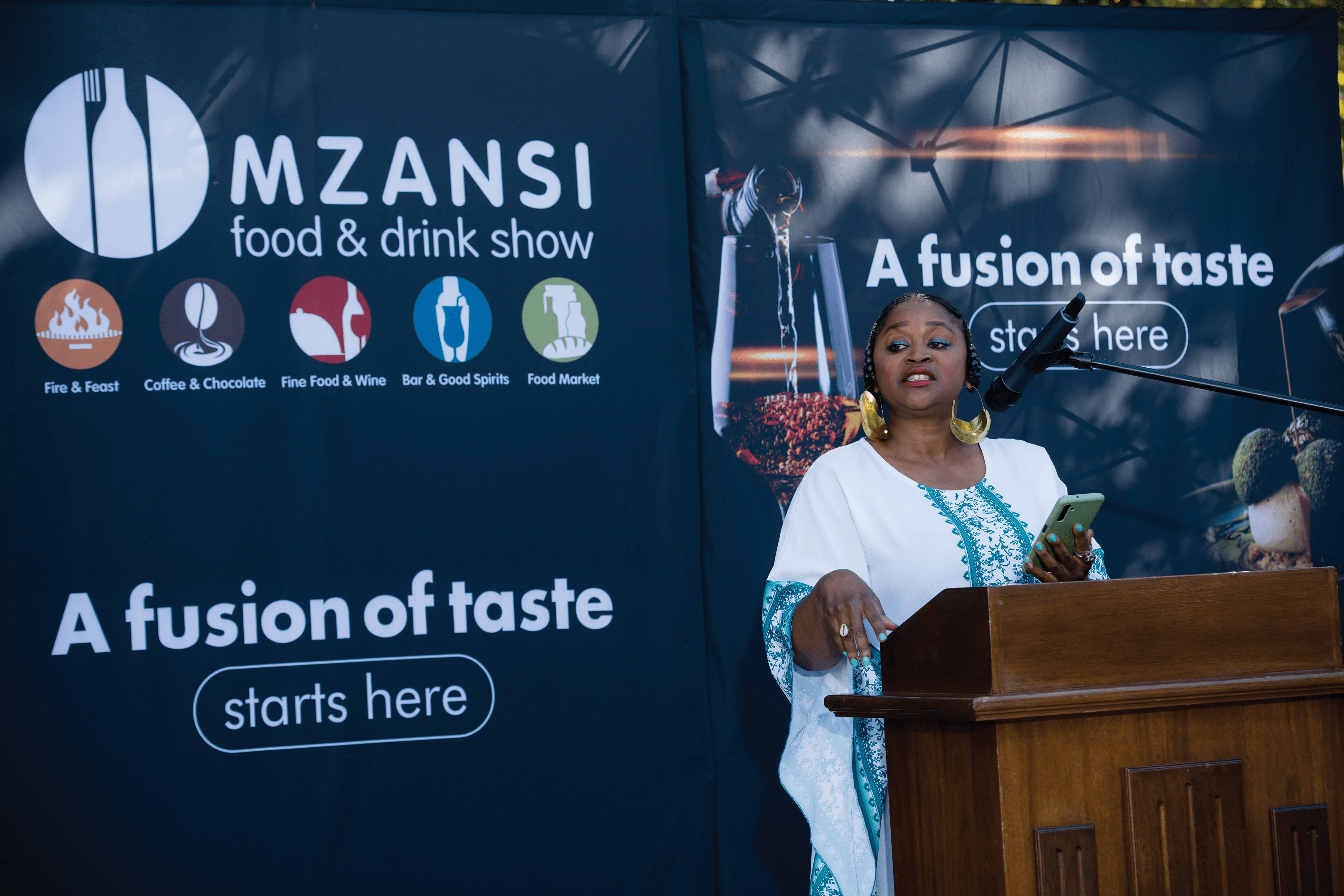HISTORY: Memory of Joburg’s iconic township relived simultaneously with launch of legendary poet Don “Bra Zinga” Mattera’s exhibition…
By Jacob Mawela
“Black History Month” got off to a stirring start with the commemoration of the 70th anniversary of the ignominious Sophiatown forced removals of February 1955 this week.
It was commemorated at the Dr AB Xuma Museum in Sophiatown, as well as Chiefs House in Meadowlands, over two days last weekend, and hosted by the Don Mattera Legacy Foundation in partnership with the Wits History Workshop, the Dr AB Xuma Museum, the Trevor Huddleston Memorial Centre, Meadowlands Tourism Development Centre and Christ the King Church.
The commemoration happened simultaneously with the launch of the Don Mattera Activation Exhibition, a reflective panel discussion in honour of the resilience and memory of residents who were forcibly removed from the area, as well as a walk from Sophiatown to Meadowlands to retrace the path of the displaced.
It was attended by former Sophiatown, and current Meadowlands, residents as well as expatriates now living overseas.
The venue – the home of ex-ANC president Xuma and wife Madie Hall, an African-American social activist who became the ANC Women’s League’s first president, is one of two houses left unscathed during the demolition of Sophiatown. The Don Mattera Activation Exhibition, a multi-media display curated by an NPO named Heritage Nexus, was presented under the aegis of the Don Mattera Legacy Foundation.
The exhibition, titled The Day They Came For Our House, reflects on Sophiatown’s history relating to both the late poet-activist and others. It is presented in the form of audio-visual footage, family album photographs, newspaper cuttings, archival documents, books and canvases inscribed with some of his poems, which include the one lending its title to the exhibition’s, and which agonisingly recites partly thus: “Armed with bulldozers they came to do a job nothing more, just hired killers. We gave way, there was nothing we could do, although the bitterness stung in us and in the earth around us”.
Amanda Xulu, the Director of Heritage Nexus – an entity involved in grassroots heritage work and whose mission it is to assist communities in telling their own stories, and which installed the display – revealed that the exhibition was meant for mixed audiences, including schoolchildren.
Although at its initial phase, it will be showing for the next six months and is intended for a countrywide tour. Xulu’s vision was echoed by Mattera’s daughter, Snowy, who added that the activation is geared towards communities understanding history.
The day’s programme incorporated a panel discussion facilitated by radio presenter Brenda Sisane, which reflected on Sophiatown’s significance in Mattera’s life, writing and the enduring impact of the forced removals.
Among participants were Mattera’s sister, Grace, who relived a haunting memory depicting her otherwise proud grandfather leaning on his cane as he watched the veranda of the family’s house on 16 Gerty Street reduced into a heap of rubble.
Holding in rapt attention, the audience included some of her brother’s children and first wife. The 72-year-old disclosed how Black policemen collaborated in the demolition of their kindred’s homes as they barked orders, “ya wena nja, phuma la!” (you dogs, get out of here).
She went on to describe Mattera – who was the leader of The Vultures (a gang which took its name from a film named Where No Vultures Fly and which provided the youth of Sophiatown with a sense of identity and belonging), both reputable and feared for his ‘Zinga Special’ punch which landed many a foe at Coronation Hospital with broken jaws – as “everybody’s brother” who instilled love in her.
Another erstwhile ‘Kofifi’ (as old-timers refer to the place) resident present was Pinky Mabuza-Tiro, who, along with famous sister Felicia, grew up in the neighbourhood before their family was abruptly uprooted. Mattera was recalled to remark, “Ey, jy slaan jou klere”, when alluding to her impeccable sense of dress.
Journalist Phil Mthimkhulu, who resided at Meyer Street together with his rent-collector father, expounded on his impressions of ‘Bra Zinga’, describing his fellow scribe as a pacifist and someone generous with money.
Adding to the atmosphere, guests were also treated to a trombone performance by jazz musician-cum-artist Malcolm Jiyane – who also had on display a huge painting titled ‘Surefiretown’.
It was in the early hours of February 9 1955 when bulldozers rolled into Sophiatown – a neighbourhood of Johannesburg in which Black people held freehold tenure – accompanied by 2000 policemen armed with rifles and batons to enforce eviction orders, barking orders: “Maak julle oop!” (“Open up!)
A total of 110 families would be forced with their belongings from their homes, piled onto trucks and transported to Meadowlands, some 15 kilometres away in Soweto, where hundreds of matchbox houses awaited occupancy.
One of the last areas of Black home-ownership in Johannesburg, Sophiatown was home to a cosmopolitan mix of 65 000 people – black, white, mixed-race, Indian and Chinese – teeming with renowned jazz players, writers and artists!
































